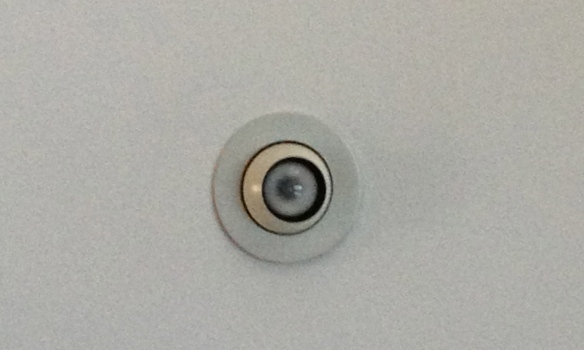Recently I blogged about the Science of Happiness Project that I’m participating in. I received an email from one of the coordinators that said, “Remember that happiness isn’t simply determined by your genes, nor by what’s happening in your life — 40% of it is actually in your control.”
As a participant, I receive activities, quizzes, and games each day with the idea of building and strengthening happiness habits.
Do you remember the Highlights for Children magazine from when you were a kid? My favorite thing was finding pictures within a picture! Researchers have found that one way to build up and boost our mood is to engage in techniques that distract us from worry and help us avoid over-thinking.
Below is a scene I received with the instruction: “Find the following six objects hidden in the scene. Take you time and enjoy looking around to find them all: pinecone, pigeon, hare, dandelion, wrong house number, and fish.”
In your life, what’s hiding in plain view?
© TuesdaysWithLaurie.com



